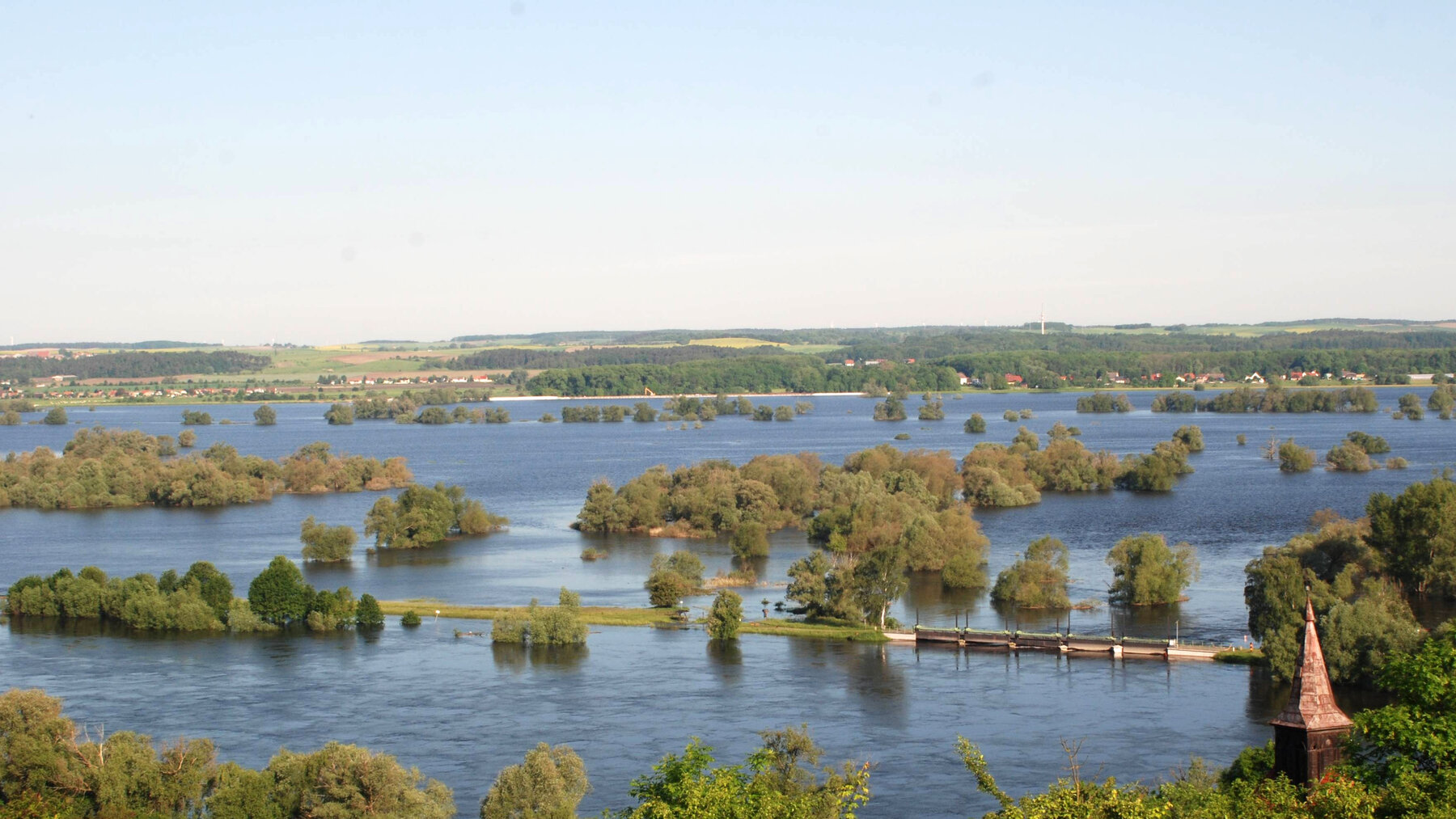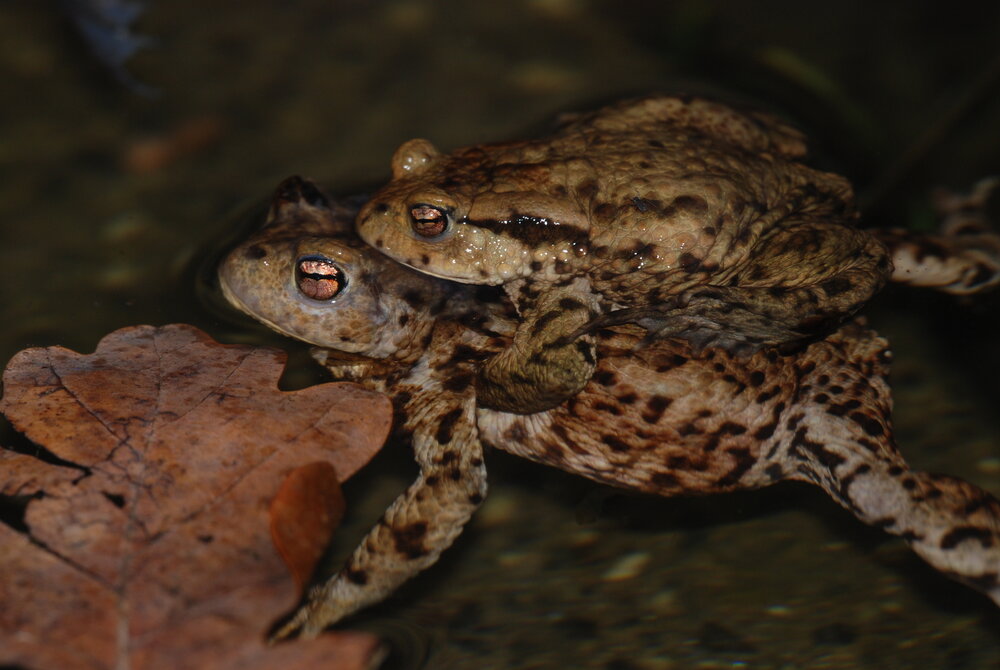
Lower Oder Valley National Park
Zoo Berlin supports Germany’s only wetlands national park, which is home to more different species than almost anywhere else in the country.
Project facts
- Project name
Lower Oder Valley National Park
- Species
Various
- IUCN threatened status
Various
- Project location
Lower Oder Valley National Park spanning the German-Polish border
- Greatest threat
Loss of habitat
- Response
Protecting habitats by establishing conservation areas
Zoo Berlin protects natural heritage close to home
Threatened habitats and vulnerable species are not only found in distant tropical lands. Right here on Berlin’s doorstep there are also unique natural landscapes where animals and plants are under threat from human activity. The Lower Oder Valley National Park is home to more different species than almost anywhere else in Germany. The 117,000-hectare park spans the German-Polish border and is one of 16 IUCN Category II National Parks in Germany.
Destruction of natural wetlands
As the human population in the region expanded throughout the 19th and 20th centuries, there was increased need for farmland to feed the extra mouths. Largely untouched valley floors and bogs were drained; lowland forests and swamps were cleared. In their place, large single-crop fields were established. These monocultures – with the heavy machinery, chemical fertilisers and pesticides used to cultivate them – impacted heavily on the local water systems and their inhabitants. All the new dykes, bridges and locks changed the course of the River Oder, which was now navigable by vessels of up to 600 tonnes. The German city of Schwedt on the Oder became an important centre for the petrochemical and paper industries. In Gryfino on the Polish side of the river, a large coal-fired power station was built.
Unique in Germany
The Lower Oder Valley National Park was established in 1955 to prevent the further destruction of this unique habitat. It is the only wetlands national park in Germany, and the only national park in the state of Brandenburg. The park has two core zones – one in Germany and one in Poland. The German core zone is more than 10,000 hectares in size and is surrounded by well-developed conservation areas. It contains a wide range of different habitats, from swamps to broadleaf forests to wildflower meadows, all home to a remarkable variety of species.
Biodiversity on our doorstep
The Lower Oder Valley is one of the last natural riparian landscapes in Central Europe. The national park is home to around 50 different species of mammal. Once upon a time, European bison and aurochs roamed here, but the latter were hunted to extinction and the former only narrowly escaped that fate. With the help of Zoo Berlin, European bison and water buffalos have been reintroduced to this area, sharing their home with horses and with Heck cattle – an aurochs-derived cattle breed. Zoo Berlin still regularly sends young bison and buffalos to the Lower Oder Valley to live out their lives in the wild. Two other mammals commonly found in the national park are beavers and river otters, both of which thrive in this wilderness with its natural river system.
Brandenburg’s bird paradise
Following the rewetting of this marshland, a breathtaking diversity of bird species has returned to the Lower Oder Valley. With its oxbow lakes and regularly flooded meadows, the Lower Oder Valley is a paradise for water birds, which use it as a breeding ground, a resting place, and winter quarters. Around 200,000 geese, ducks and cranes pass through the valley during the autumn and spring. For several weeks each October, up to 15,000 cranes roost in the northern part of the valley. In addition, more than 145 bird species regularly breed here, including eagles, black storks, corncrakes, and the threatened aquatic warblers. In the past, conservation groups bought up areas of land here in order to protect the rare birds’ breeding grounds..
A safe home for amphibians, reptiles and fish
Plenty of other creatures also benefit from the protection offered by the Lower Oder Valley National Park. Researchers have found 17 different species of amphibians and reptiles living here, alongside 49 species of fish and a vast array of butterflies, grasshoppers, dragonflies, bugs, spiders and molluscs. Zoo Berlin has supported the Lower Oder Valley National Park conservation project from 1996 untill 2020.
Photos: © Nationalpark Unteres Odertal







